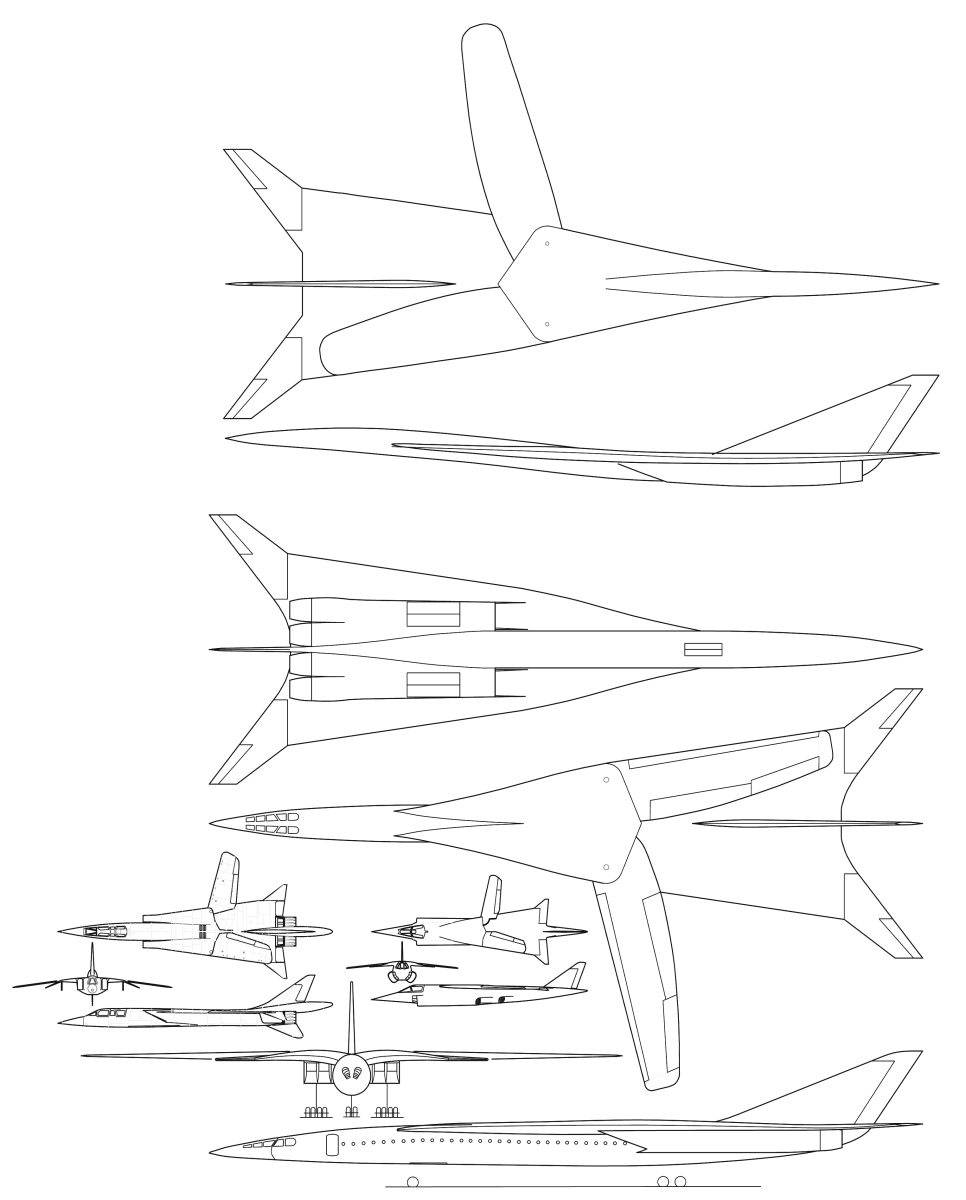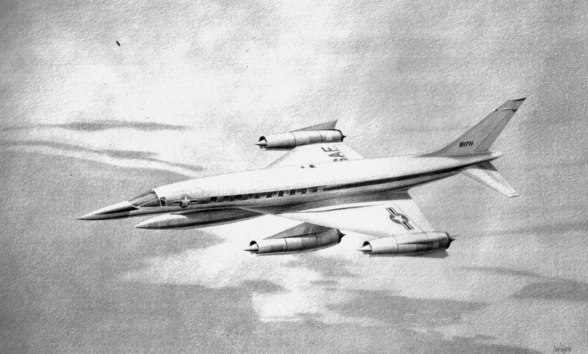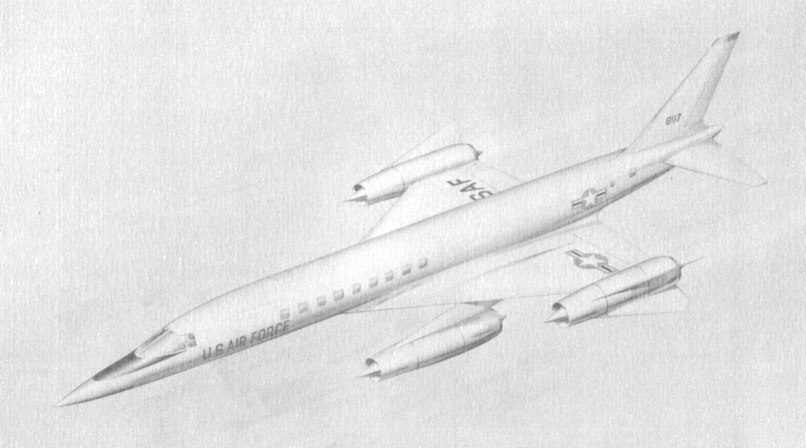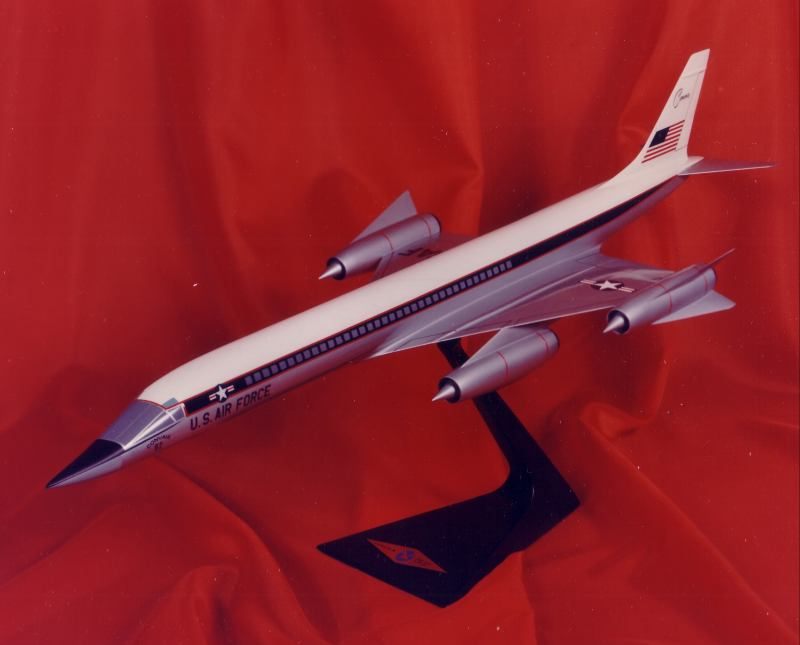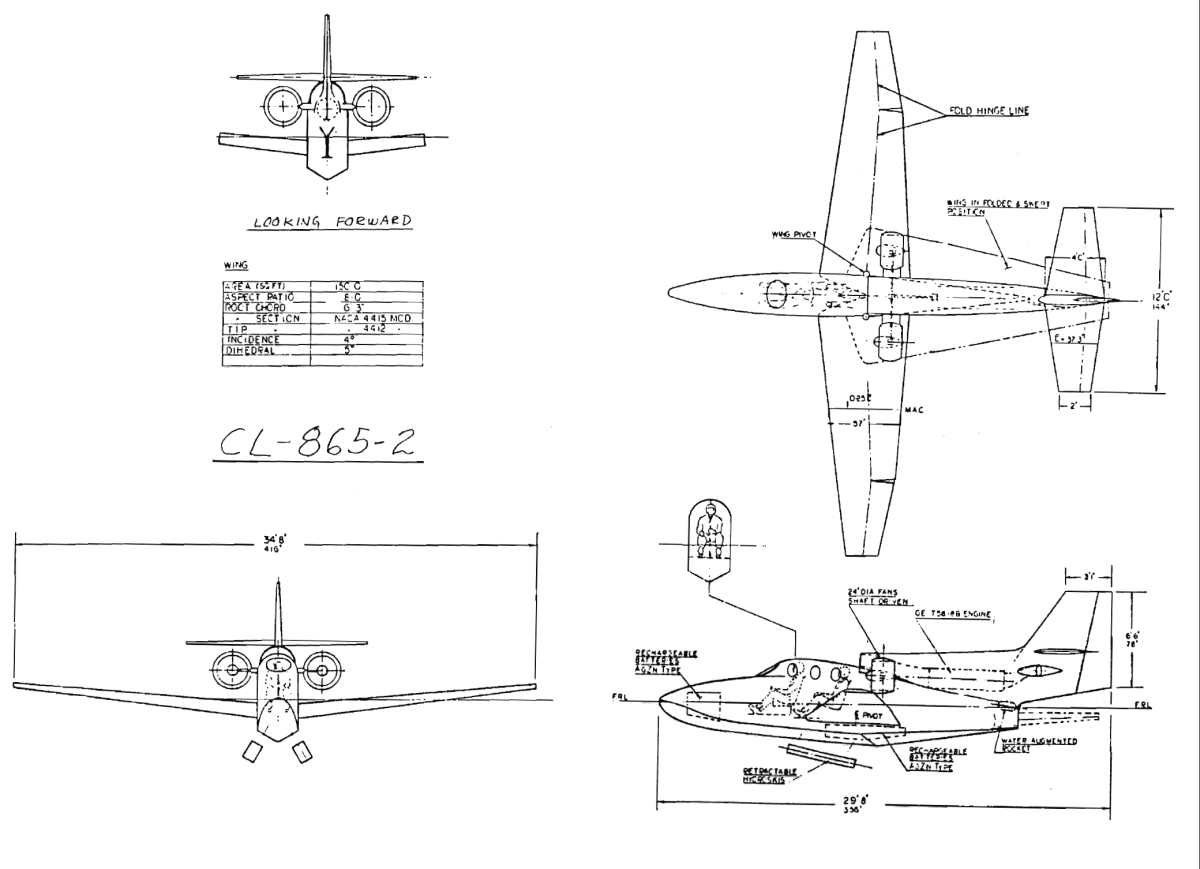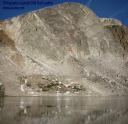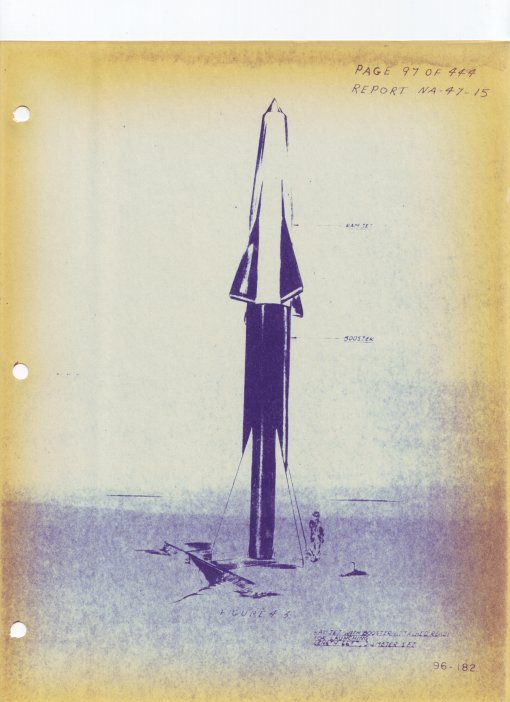I am returning CD-ROMs to availability. The delay in doing so has largely been due to the annoyingly slow processes involved:
1) Re-writing the HTML code for the various web pages, for over a hundred items (this has included some price adjustments, up and down)
2) Continued uploading of previously unavailable-for-downloading documents.
The second part there has been a *real* headache; my internet service out here in the Utah sticks is slower’n dirt. Oddly, files that I could download back down from my own server in a few minutes are taking up to six hours to upload there in the first place… so you’ll see some of the larger new items will be broken up into smaller, easier-to-manage files.
I’d hoped to have the revised pages uploaded by this past weekend. Obviously, that didn’t happen. Still, it should happen Any Time Now. I just want to make sure that all the changes are correctly made, and all the documents that I want to make available for download on this go-round are actually properly uploaded.







